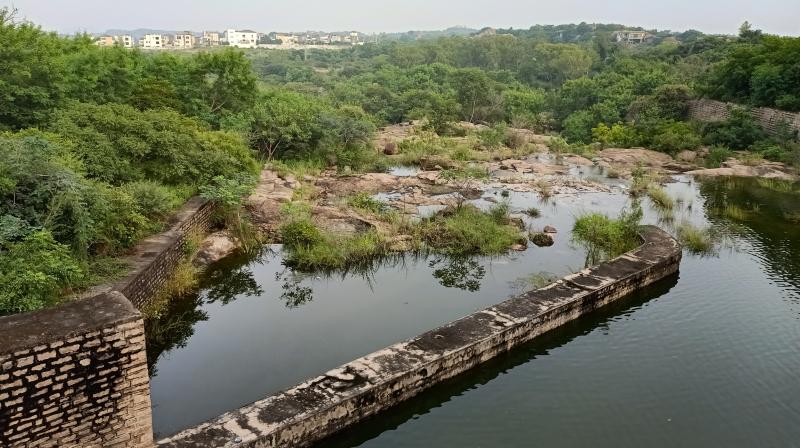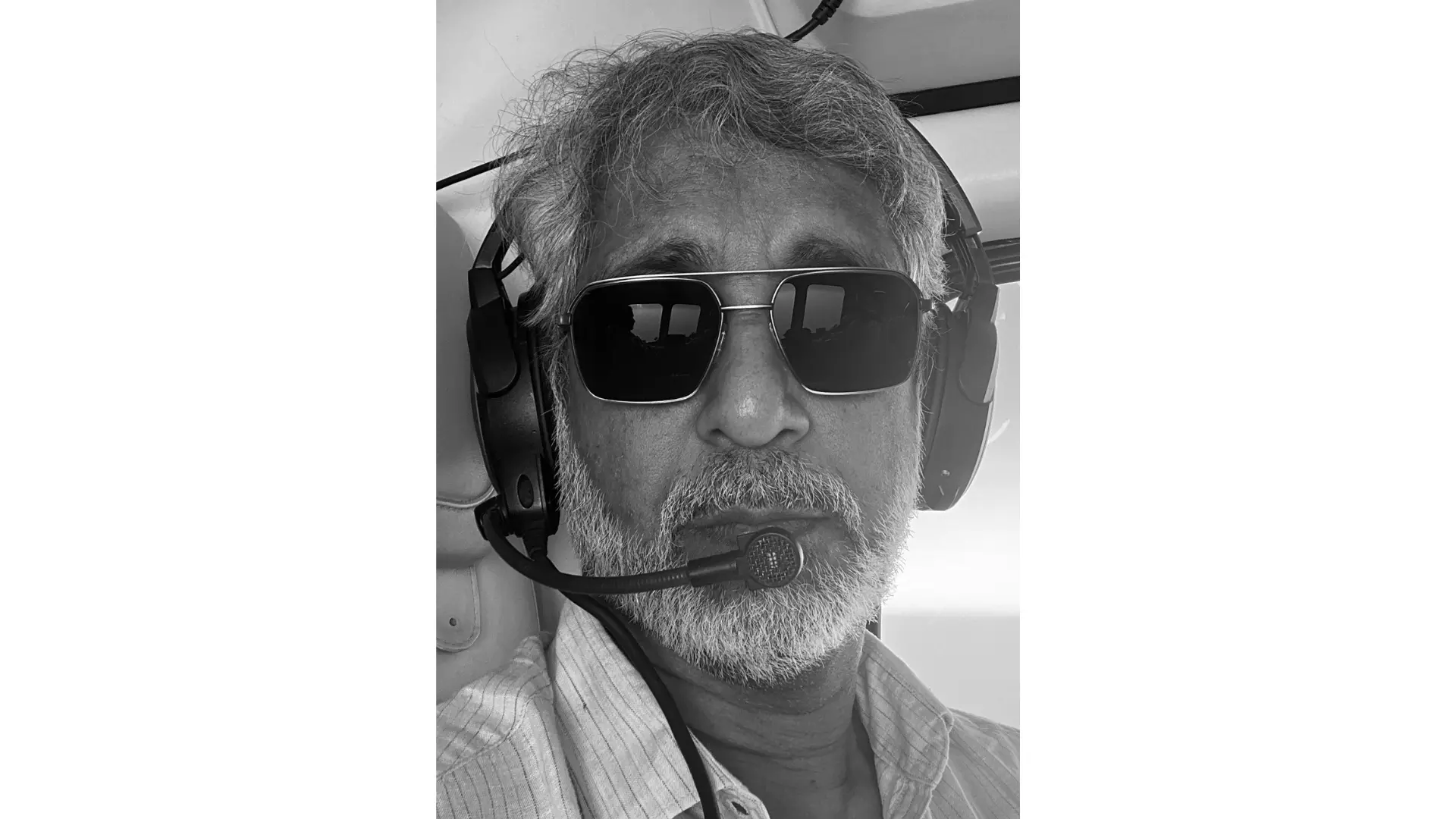GO 111 decision ignores climate change
\'The old data of rainfall and river flows did not support what could happen in the future\', said Dr C. Ramachandraiah

HYDERABAD: The state government’s decision to strike off Osmansagar and Himayatsagar from the list of drinking water sources, and its reliance on lifting water from the Godavari and Krishna rivers to meet the water needs of the city, could be fraught with unforeseen adverse consequences when the impact of climate change is factored into the changing monsoon patterns.
Climate variability and old data on river flows or rainfall were not reliable indicators of how long the ability to draw water from the two rivers through a system of reservoirs and pumping water to the city could be sustained, said Dr C. Ramachandraiah, former professor at the Centre for Social and Economic Studies in the city.
“Claiming that we are bringing water to the city from the rivers and that the two lakes are no longer needed as drinking water sources, is a recipe for a disaster,” he said. The old data of rainfall and river flows did not support what could happen in the future, he said.
Typically, irrigation experts rely on rainfall and river flow data over a period of 40 years or more, to predict how the rains and rivers might behave in the years and decades to come. This was the case with the state government’s projects on the Godavari and the Krishna rivers.
These projects, including the Sunkishala intake project and Mallannasagar reservoir that will draw water from the Godavari, are touted as the lynchpins with respect to supply of water to the city “for the next 100 years,” as claimed by the government.
State government officials claim that despite the changing patterns of the monsoon – periods of drought during the June-September rainy season, interspersed by sudden short periods of heavy downpour as a result of climate change – will still result in stable mean annual rainfall and river flows.
While they say there is no cause for worry with respect to whether the Godavari and the Krishna can sustain the city’s water needs, a government of India report released 2020 makes it clear that the “summer monsoon precipitation (June to September) over India has declined by around 6 per cent from 1951 to 2015, with notable decreases over the Indo-Gangetic Plains and the Western Ghats.”
Incidentally, it is the Western Ghats that are the primary source of rainwater flows for the two rivers. “There is an emerging consensus,” the report says, that “based on multiple datasets and climate model simulations, the effects of anthropogenic (human-induced) aerosol forcing over the Northern Hemisphere have considerably offset the expected precipitation increase from GHG warming and contributed to the observed decline in summer monsoon precipitation.”
Dr Ramachandraiah said if Osmansagar and Himayatsagar were scrapped off the list of protected water bodies, “The city will pay a huge price in the future. Large areas will be concretised cutting down on groundwater recharge around the lakes. If the catchment areas go, and with less water in reservoirs, the groundwater goes down. The good groundwater made possible by the lakes will disappear in a matter of five to six years.”

